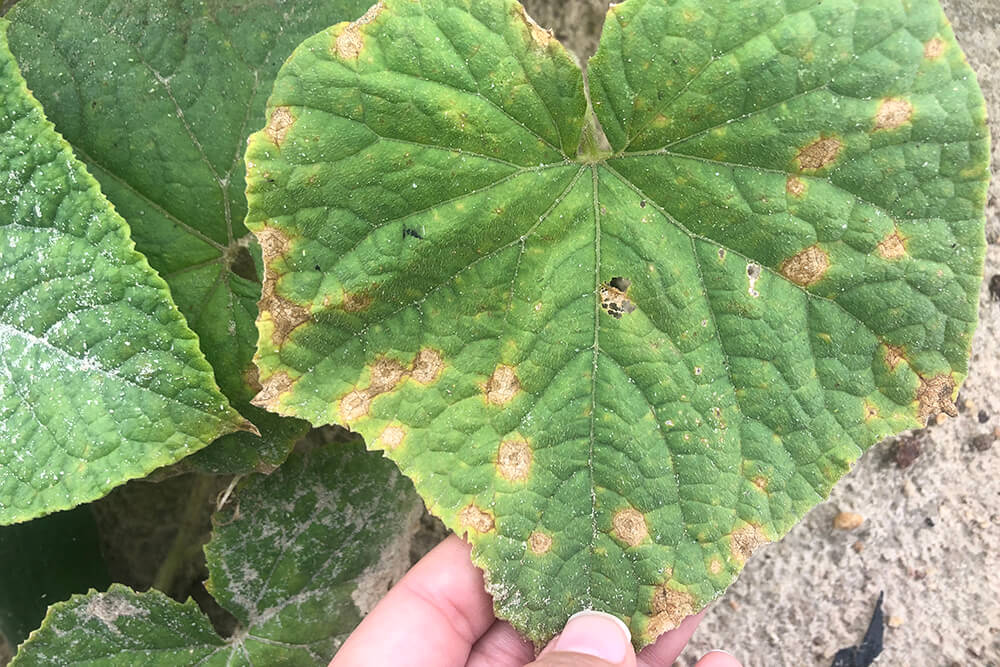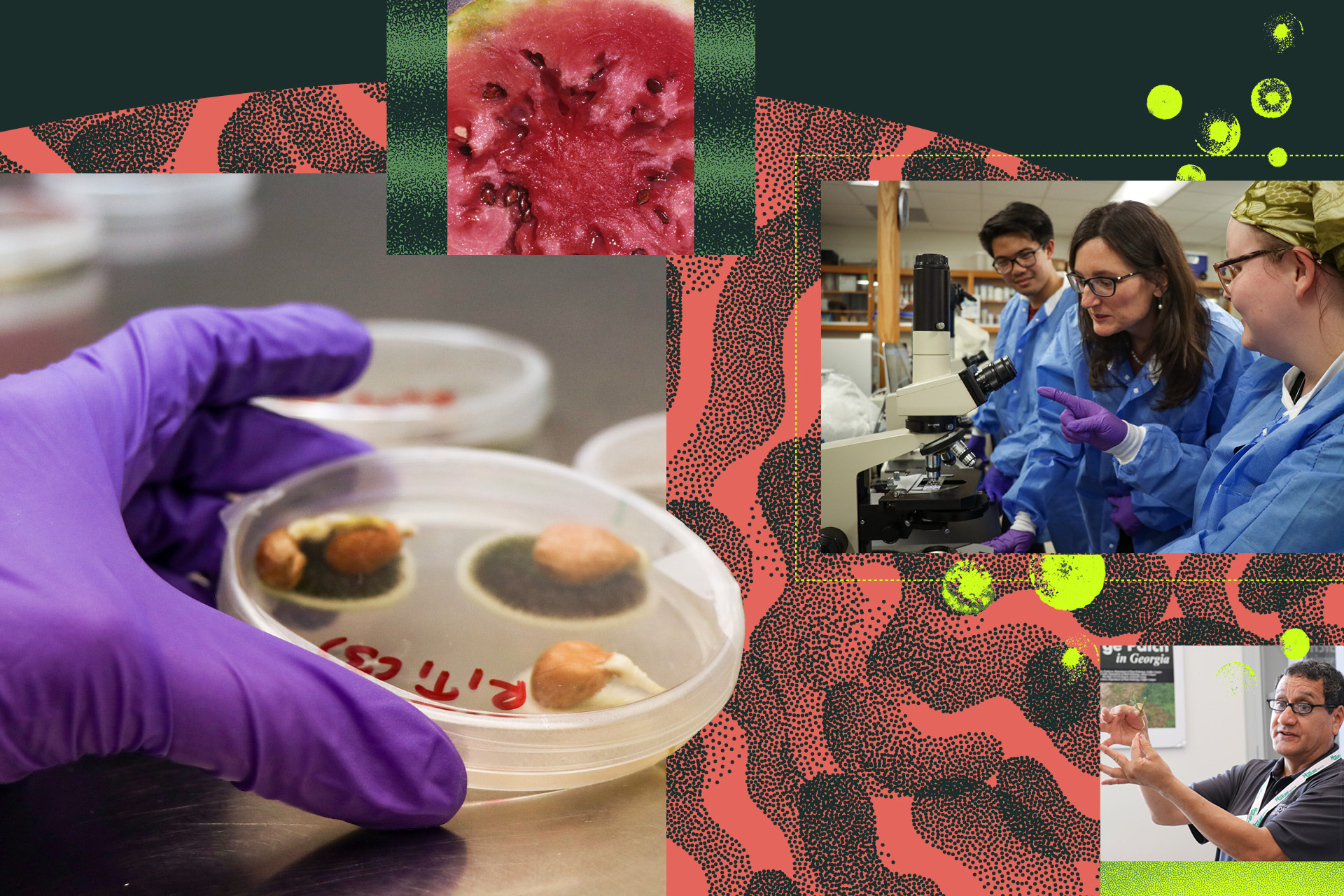University scientists and forestry experts are using rhododendron leaves as bait to detect the presence of a disease that can kill Georgia’s historic oak trees.
The disease, sudden oak death, isn’t as quick as the name indicates, making it a hard disease to track. And despite several years of work, researchers at the University of Georgia and the Georgia Forestry Commission haven’t gotten to the bottom of it yet in Georgia.
"Sudden oak death is actually a misnomer," said Jean Williams-Woodward, a plant pathologist with UGA Cooperative Extension. "It isn't sudden, and it doesn't just affect oak trees."
The pathogen, first seen in California in 1995, has been popping up along Georgia waterways. The disease causes dark, bleeding, rust-colored cankers on the tree's trunk. On forest understory plants such as rhododendron, sudden oak death or ramorum blight causes leaf spots or scorch-like symptoms.
Sudden oak death was coined because a number of oak trees appeared to be dying suddenly in California, she said. The disease, caused by the fungus-like organism Phytophthora ramorum, actually takes three or more years to kill a tree.
Leaf Baiting
In 2005, the Georgia Forestry Commission began monitoring selected Georgia waterways by floating rhododendron leaves in sample bags. They were looking for black spots on the leaves. They found them in 2009.
“We’ve detected the disease in a stream in Forsyth County,” she said. “But we can’t pin down the source. It was repeatedly detected since 2009, and all of the known affected areas have been fumigated. Stream water moves, so it is picking it up all over again from somewhere.”
Pathogens flushed into streams through runoff can lead experts to the source. They’re focusing on streams located in urban areas and around nurseries.
The Georgia Forestry Commission is continuing to bait the infected stream and monitor for the disease. Streams in South Carolina, North Carolina, Mississippi, Alabama and Florida have also tested positive for the pathogen.
Finding the pathogen in the water only hints at disease. It takes much longer to find the culprit, Williams-Woodward said. “We are seeing introduction, but it takes a tree several years to show signs of infection. We don’t know where it is actually coming from.”
The number of detections in Georgia is reduced when compared to 2004 and 2005 but so are the resources to look for the pathogen.
“The chances of having an introduction not being detected are pretty high,” Williams-Woodward said.
Not just oaks
Sudden oak death can kill a number of trees.
“We are seeing some other plants showing symptoms,” she said. “In California it is mostly tanoaks, which is not a true oak species. In the United Kingdom, the disease kills beech and larch trees. We don’t need to focus just on oaks. We could be missing others.”
Potential hosts that produce spores could be leading experts in the wrong direction as well.
“We are assuming rhododendron or mountain laurel are spore hosts, but along our urban streams we don’t have a lot of these ornamental plants growing,” she said. “The disease affects a lot of plants including ferns and other non-flowering shrubs. The infection on a Japanese honeysuckle looks like tiny black spots on leaves. We don’t know if Chinese privet is susceptible. We could be looking for the wrong symptoms.”
Beech, oak and hickory trees are all susceptible to the disease. So are maple, magnolia, dogwood and hollies.
Sudden oak death is just one of several threats to our forest ecosystem, Williams-Woodward said.
“We need to be concerned about what we have introduced into our ecosystems,” she said. “There are a multitude of new diseases and insects introduced to our forests every year.”








.png)
